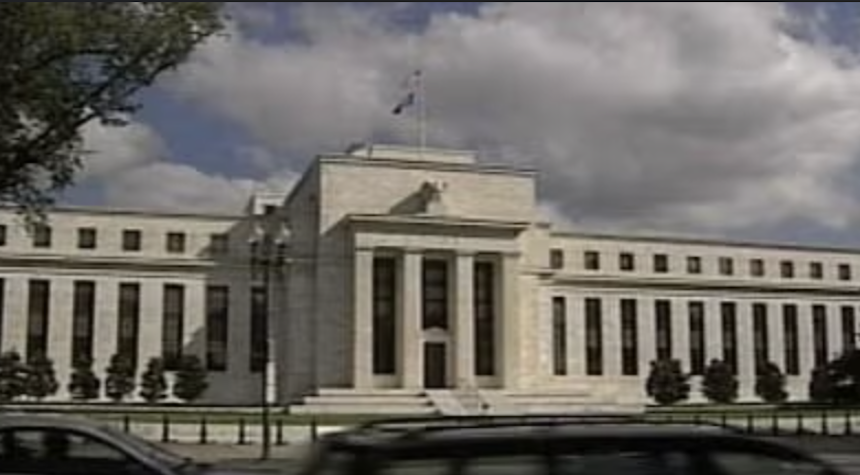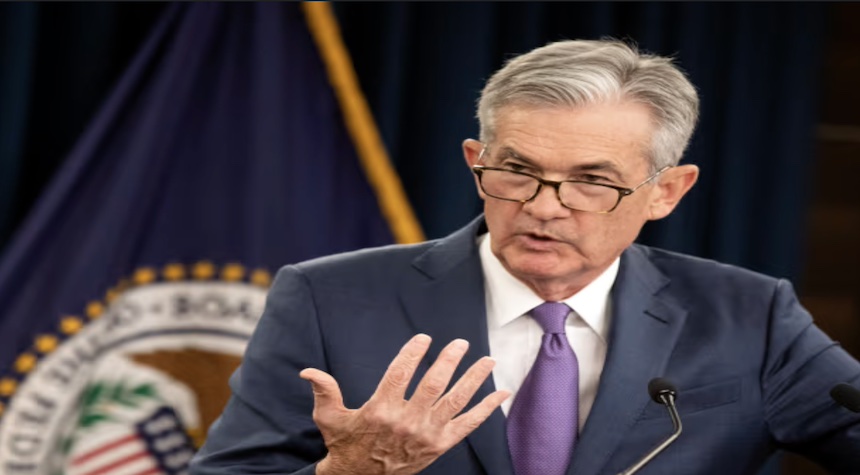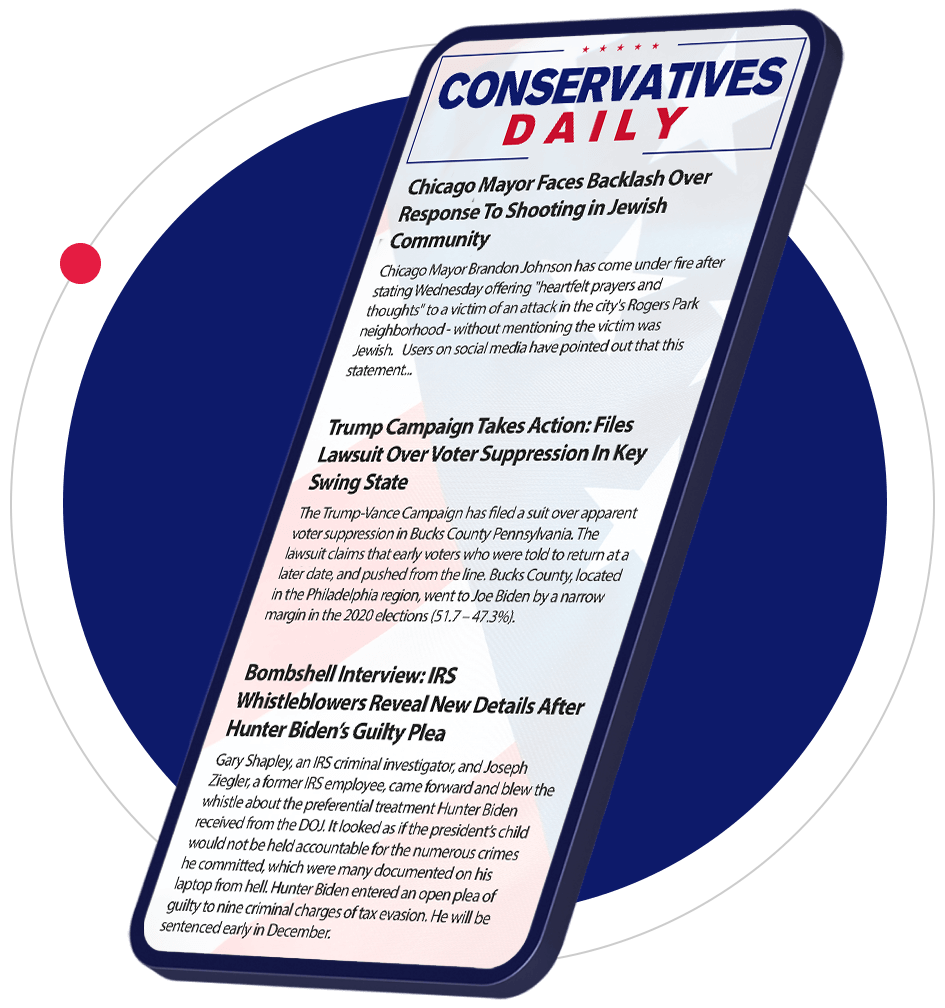The Federal Reserve has taken action on interest rates, and here’s the situation as we understand it today. The central bank has cut its key interest rate by a quarter of a percentage point, lowering it to approximately 4.1%. This marks the Fed’s first rate reduction since December, and reports indicate that two more cuts are projected for this year.
The decision comes amid growing concern at the Federal Reserve about the health of the nation’s labor market. Chair Jerome Powell and his colleagues had previously maintained a steady rate, evaluating the impact of various administration policies on inflation and the economy. However, the focus has now shifted from inflation, which remains modestly above the 2% target, to employment issues.
The significance becomes clear when we consider recent economic data. According to reliable sources, hiring has nearly ground to a halt in recent months, and the unemployment rate has seen a slight increase. The Federal Reserve’s statement acknowledged this, noting that “downside risks to employment have risen.”
Also Check Out: Elon Musk Rejects Calls for Unity in Wake of Kirk’s Killing
Lower interest rates could potentially stimulate growth and hiring by reducing borrowing costs for mortgages, car loans, and business loans. However, the Fed’s projection of only two more rate cuts this year may fall short of Wall Street expectations, which had anticipated five cuts over the next two years.

It’s important to recognize that this decision was not unanimous. Stephen Miran, a recent appointee of President Trump, dissented from the majority. The fact that only one policymaker dissented suggests that Chair Powell has managed to maintain a degree of unity within the committee.
Recent government reports have indicated a sharp slowdown in hiring, with previous data being revised significantly lower. The evidence suggests that employers actually cut back slightly on their payrolls in June and added only minimal jobs in August. Furthermore, the government has stated that its estimate of job gains for the year ended in March 2025 is likely to be revised down by 911,000 – a substantial reduction in total employment.
This development follows earlier reports that inflation remains persistently elevated, partly due to tariffs increasing the cost of certain goods. The Consumer Price Index rose 2.9% in August from a year earlier, up from 2.7% the previous month. This persistent inflation could potentially limit the Fed’s ability to cut rates too rapidly.
The facts, as we now know them, raise important questions about the future direction of monetary policy and its impact on the economy. As always, we will continue to monitor this situation closely and inform you as soon as we hear of any updates.


